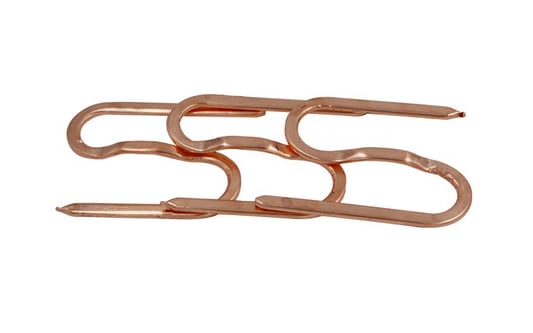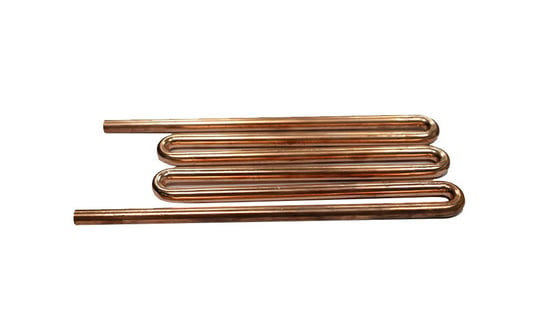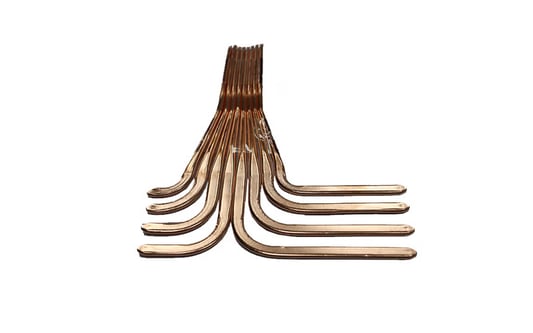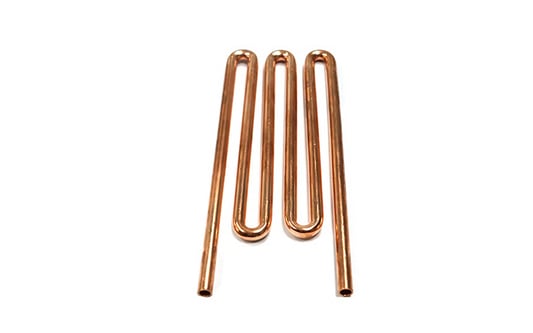Introduction to Loop Heat Pipe OperationLoop heat pipes are innovative heat transfer devices that are widely used in various industries. They offer efficient and reliable thermal management solutions for electronics, aerospace, and other applications. Understanding the operation principles of loop heat pipes is crucial for optimizing their performance and ensuring their longevity.Working Mechanism of Loop Heat PipesLoop heat pipes utilize the phase change of the working fluid to transfer heat from the evaporator to the condenser. The looped configuration allows for continuous circulation of the working fluid, creating a closed-loop system. This mechanism enables rapid heat transfer over long distances and against gravity.Key Components of Loop Heat PipesThe main components of a loop heat pipe include the evaporator, condenser, compensation chamber, and vapor and liquid lines. Each component plays a vital role in the heat transfer process and maintaining the thermal equilibrium within the system. Proper design and construction of these components are crucial for optimal performance.Thermal Management Applications of Loop Heat PipesLoop heat pipes are commonly used in electronic devices, satellites, and thermal vacuum chambers to dissipate heat efficiently. They can handle high heat loads and maintain temperature uniformity, making them ideal for critical applications where thermal management is essential.Operating Principles of Loop Heat Pipes in MicrogravityIn microgravity environments, loop heat pipes operate differently due to the absence of buoyancy-driven forces. Special design considerations are required to ensure proper functioning of loop heat pipes in space applications. Understanding the unique challenges of operating loop heat pipes in microgravity is crucial for space missions.Thermal Resistance and Heat Transfer EfficiencyThe thermal resistance of a loop heat pipe is a critical parameter that determines its heat transfer efficiency. By optimizing the design and dimensions of the components, the thermal resistance can be minimized, resulting in improved heat transfer performance. Proper sizing and selection of materials are key factors in reducing thermal resistance.Start-Up and Shutdown ProceduresProper start-up and shutdown procedures are essential for the reliable operation of loop heat pipes. During start-up, the system needs to reach thermal equilibrium to ensure efficient heat transfer. Shutdown procedures involve safely removing the heat load and allowing the system to cool down gradually to prevent thermal stress.Thermal Cycling and Reliability Testing Loop heat pipes undergo thermal cycling and reliability testing to validate their performance under various operating conditions. These tests help assess the durability and longevity of the system, ensuring its reliability in real-world applications. Understanding the results of thermal cycling tests is essential for predicting the behavior of loop heat pipes in the field.Advanced Control and Monitoring SystemsAdvanced control and monitoring systems are used to optimize the operation of loop heat pipes and ensure their performance meets the desired specifications. By incorporating sensors, actuators, and feedback mechanisms, operators can fine-tune the system parameters and respond to changing thermal loads in real-time.Future Developments in Loop Heat Pipe TechnologyAs technology advances, loop heat pipes continue to evolve with improved efficiency, reliability, and versatility. Ongoing research and development efforts focus on enhancing the thermal performance, reducing size and weight, and expanding the range of applications for loop heat pipes. The future looks promising for this innovative heat transfer technology.Quote Inquirycontact usFactory










